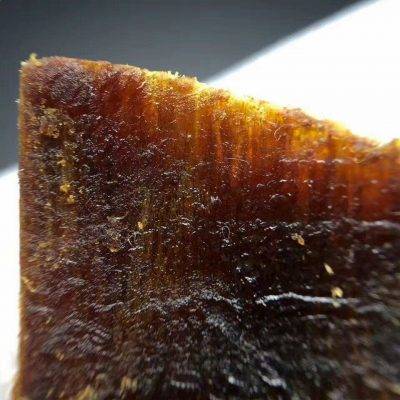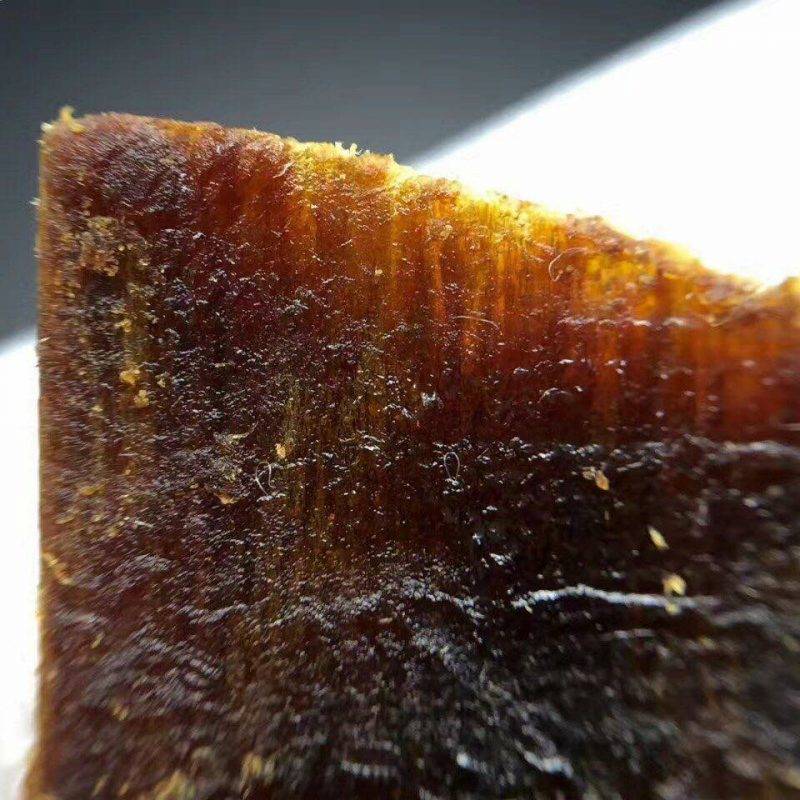Oud Agarwood
Wild Kinam vs Cultivated Kinam
Kinam (also known as Kyara) is a rare and precious wood that has been valued for centuries for its unique aroma. There are two varieties of Kinam: wild and cultivated. While both are highly valued, there are some distinguishing characteristics such as appearance, color, hardness, oil density, taste, smell at room temperature (at natural temperature), smell at high temperature (when exposed to air), and feel. In this article, we’ll compare and contrast wild and cultivated Kinam, exploring what makes each so valuable in today’s marketplace.

Appearance
Wild Kinam has a darker and more uneven color than its cultivated counterpart. Its surface is rougher and bumpy, with natural variations in grain pattern and texture. Cultivated Kinam on the other hand has a smoother, even surface with a consistent grain pattern, as well as generally lighter in hue than wild Kinam.
Color
Wild Kinam tends to have darker colors than cultivated Kinam, ranging from deep reddish-brown to almost black in hue. Cultivated Kinam tends to be paler with a more consistent reddish-brown tone.
Hardness
Wild Kinam tends to be harder than cultivated Kinam due to its natural habitat and exposure to harsher environmental conditions. Cultivated Kinam on the other hand is grown under more controlled conditions, producing softer wood.
Oil Density
Wild Kinam has a higher oil density than its cultivated counterpart due to the trees growing naturally in their natural environment, producing more resinous wood. As such, wild Kinam’s fragrance is richer and more complex than that of cultivated Kinam.
Taste
Kinam, both wild and cultivated, have a bitter taste and should not be consumed raw. Yet they are commonly used in traditional medicine due to their supposed health benefits.
Smelling at Natural Temperatures Does Your Car Smell Like This?
Wild Kinam trees emit a stronger and more complex fragrance when left to their own devices than their cultivated counterparts. Wild Kinam trees produce resinous wood with an intense aroma while cultivated Kinam has a more subtle, delicate aroma when left alone in nature.
Smell at High Temperatures
Heating Kinam both wild and cultivated produces a strong and distinct aroma. Wild Kinam has a more complex, long-lasting fragrance than cultivated Kinam.
Feel
Wild Kinam has a rougher and more textured feel than cultivated Kinam due to its natural habitat and exposure to harsher environmental conditions. Cultivated Kinam, on the other hand, have a smoother and polished feel with a more uniform texture.
Conclusion
Both wild and cultivated Kinam are highly valued for their distinctive aroma. Wild Kinam is generally considered of higher quality due to its deep and complex fragrance, while cultivated Kinam is more accessible and affordable. No matter which option you select – wild or cultivated – rest assured that you are experiencing a rare and treasured commodity that has been valued for centuries.


Oud Wood Agarwood Chips
Hoi An Oud Wood Agarwood Chips | Doi De A | Grade A++ | 20g
Oud Wood Agarwood Chips
Khanh Hoa Oud Wood Agarwood Chips | Chop Mu A | Grade A++ | 20g
Oud Wood Agarwood Chips
Natural Oud Wood Agarwood Chips | Mo | Grade A | 30g